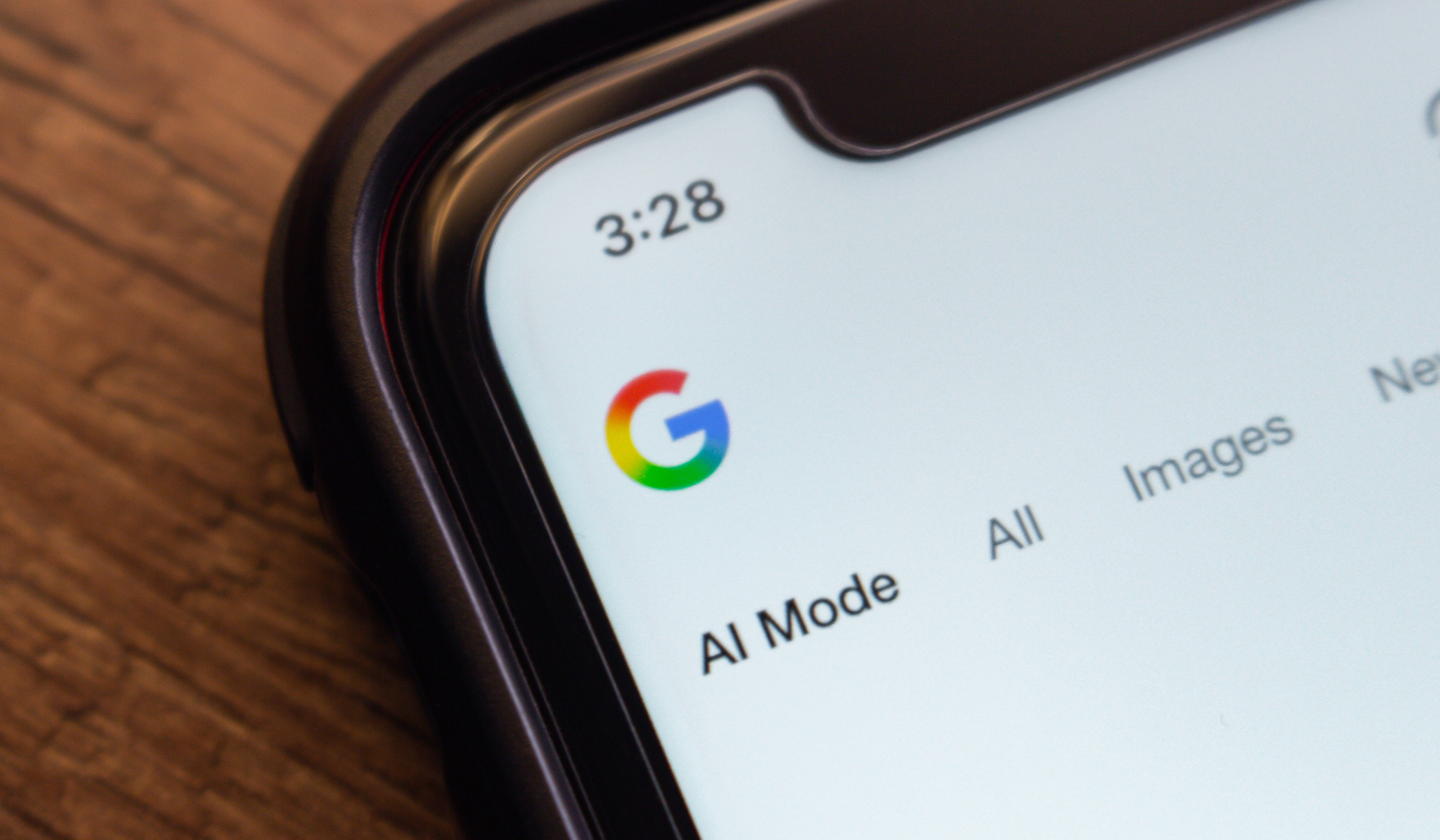
A Guide to Generative Engine Optimization (GEO) in 2026
By Gregg Alexander 3 Minutes Read
The search game isn’t what it used to be. If your visibility strategy still looks like it did five years ago, you’re already behind. Search is no longer just about ranking for keywords or building backlinks. It’s about earning visibility inside AI-powered ecosystems and proving your content deserves to be part of the conversation.
In 2026, marketing professionals aren’t just optimizing for Google. They’re optimizing for answers. For AI. And most importantly — for people.
The New Era of Search: From SEO to GEO
For decades, SEO meant finding the right keywords, writing optimized content, and climbing your way up the SERPs. That’s still part of the puzzle, but now we’ve entered a new phase:
Generative Engine Optimization (GEO).
GEO focuses on ensuring your brand’s content can be found, cited, and trusted by AI-driven platforms, from ChatGPT to Perplexity to Google’s AI Overviews.
According to Conductor, AI-generated answers are already appearing for roughly 15–20% of searches, and that number is growing fast. In some categories, websites are seeing click-through rates drop by up to 60% when AI overviews appear.
As Seth Godin once said,“Marketing is no longer about the stuff you make, but about the stories you tell.”
Today, that story isn’t just being told to people; it’s being told to algorithms trained to detect quality, trust, and intent.
Trust Is the New Ranking Factor
AI has made it easier than ever for people to find answers, but also harder than ever for brands to earn trust. Consumers are bombarded with content, and they’re savvier at spotting what’s authentic.
According to the 2025 Qualtrics Consumer Trends Report, 61% of consumers say trust is the #1 factor when engaging with brands, ranking higher than convenience or speed.
That shift is forcing marketers to rethink what “optimization” really means. Today, it means optimizing for credibility.
That means:
- Showcasing expertise through real data, research, and thought leadership.
- Creating content that teaches and guides, not just sells.
- Aligning your digital presence with human authenticity — voice, transparency, and consistency across platforms.
AI can’t fake experience, empathy, or integrity, and those are the new signals of authority.
Four Pillars of SEO & GEO Strategy for 2026
1. Optimize for AI & Answer Engines
AI engines don’t “rank” content; they reference it. That means your goal is to make your content machine-readable and credibly sourced.
How to do it:
- Add structured data and schema markup to help AI interpret your pages.
- Write in conversational, question-driven formats (“how,” “why,” “what”).
- Publish clear, authoritative summaries designed for citation in AI answers.
2. Double-Down on E-E-A-T
Google’s E-E-A-T framework — Experience, Expertise, Authoritativeness, and Trustworthiness — has become the foundation for both SEO and GEO. AI systems now evaluate not just what you say, but who’s saying it and why it matters.
How to do it:
- Include author bios and professional credentials.
- Publish original research, data, and industry insights.
- Build digital PR — credible mentions and backlinks from authoritative sources.
3. Implement Structure & Technical Excellence
Content can’t be useful if machines can’t understand it. Structured formatting, fast load times, and semantic clarity are now non-negotiable.
How to do it:
- Maintain clean site architecture and strong Core Web Vitals.
- Use headers, tables, lists, and alt text to make your content machine-friendly.
- Refresh evergreen content regularly with updated data and context.
AI favors recency and clarity. If your information is fresh, formatted, and factual, you’re far more likely to be referenced by search engines and AI assistants alike.
4. Create Value That Earns Attention
Generative AI can summarize anything. That means if your content isn’t uniquely valuable, it’s forgettable. The brands that win will be those creating insight, not just information.
How to do it:
- Focus less on clicks, more on depth of engagement.
- Create content that solves problems, tells stories, and earns shares.
- Measure success by visibility, trust signals, and conversions — not vanity metrics.
If your content improves someone’s life, teaches something useful, or makes them think differently, it’s inherently more “shareable,” by both people and machines.
The New Metrics That Matter
Traditional SEO metrics like page rank and organic traffic still have a place, but they’re no longer the sole indicators of success. In the age of AI, visibility looks different.
Emerging success indicators:
- AI citations: Is your content being referenced by AI tools?
- Brand mentions & sentiment: Are people (and platforms) associating your brand with authority?
- Engagement depth: How long are users staying, interacting, or sharing?
Cross-platform trust: Is your brand consistent and credible across every channel?
The Big Picture
AI is reshaping search, but the fundamentals of great content creation haven’t changed: be useful, be trustworthy, and be human.
What Rand Fishkin, co-founder of Moz, said more than 10 years ago is still true today:“The best way to sell something — don’t sell anything. Earn the awareness, respect, and trust of those who might buy.”
That’s the guiding principle of SEO + GEO in 2026. The tools will evolve. The algorithms will shift. But the brands that focus on value and trust will continue to rise — whether the answer comes from Google, ChatGPT, or something that hasn’t been built yet.
At PRIME, we help businesses merge digital clarity with human connection, and that’s exactly what this next wave of search demands.


%20Gather%20Feedback%20About%20Your%20Credit%20Union-1.png)